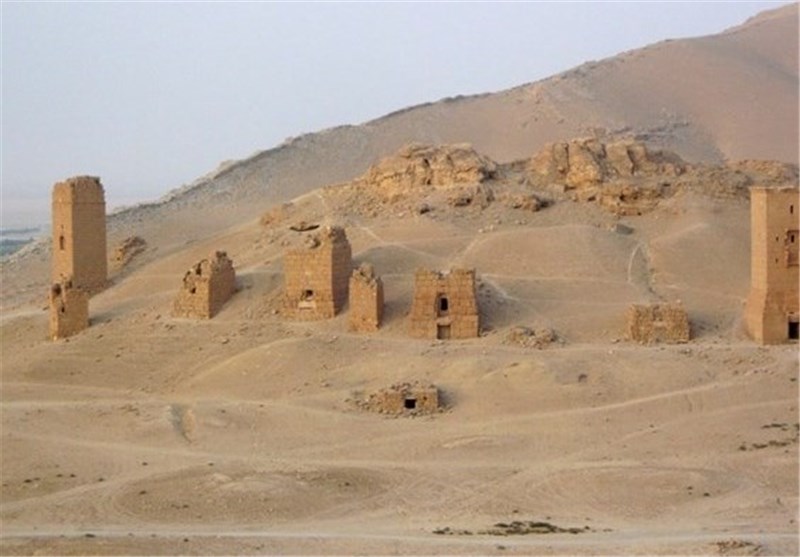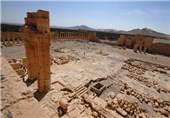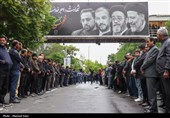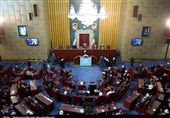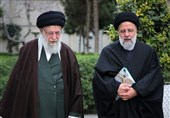ISIL Blows Up Famed Tower Tombs in Palmyra
TEHRAN (Tasnim) – The ISIL terrorist group has blown up several of ancient Palmyra’s famed tower tombs as they press their demolition of the UNESCO-listed world heritage site, Syria’s antiquities chief said.
ISIL has carried out a sustained campaign of destruction against heritage sites in areas under its control in Syria and Iraq, and in mid-August beheaded the 82-year-old former antiquities chief in Palmyra.
News of the demolition of the tower tombs which date to the first century A.D. comes after the militants’ destruction of the ancient shrine of Baalshamin and the 2,000-year-old Temple of Bel, regarded as Palmyra’s masterpiece.
Antiquities director Maamun Abdel-Karim told AFP on Friday that among at least seven tombs destroyed were the three best preserved and most treasured funerary towers, including the famed Tower of Elahbel.
“We received reports 10 days ago but we’ve just confirmed the news,” he said.
“We obtained satellite images from the US-based Syrian Heritage Initiative, taken on Sept. 2.”
All of Palmyra, including the four cemeteries outside the walls of the ancient city, has been a UNESCO World Heritage site since 1980.
In its listing, the UN agency singles out the tower tombs as the “oldest and most distinctive” of Palmyra’s funerary monuments – “tall multi-storey sandstone buildings belonging to the richest families.”
“On the fronts of those that survive, foremost among them the Tower of Elahbel, there is an arch with sarcophagus halfway up, which in ancient times supported a reclining statue,” it says. “Corridors and rooms were subdivided by vertical bays of loculi [niches for the dead] closed by slabs of stone carved with the image of the deceased and painted in lively colors.”
Abdel-Karim said the Tower of Jambalik, built in A.D. 83, was also destroyed, along with the Tower of Ketout built in A.D. 44 and famed for vivid scenes etched into its walls.
He said the tower tombs were symbols of the economic boom of Palmyra in the first century A.D., when it dominated the caravan trade between east and west from its oasis in the desert.
Some of Palmyra’s monuments still remain intact, including its grand theater and the Temple of Nabu.
The theater has instead been exploited by ISIL to parade its brutal violence since it captured the city in May. In one macabre display, child recruits executed 25 Syrian soldiers on the stage.
According to the Syrian Observatory for Human Rights group, which is close to the armed oposition in Syria, ISIL addressed a letter to Palmyra’s residents promising further destruction.
Gruesome violence and the destruction of priceless artifacts have become hallmarks of ISIL as it has expanded its so-called caliphate straddling Iraq and Syria.
Experts say that while the militants prize the shock value of demolishing ancient sites, they are also keen to preserve some artifacts to sell on the black market to fund their “caliphate.”
According to Cheikhmous Ali of the Association for the Protection of Syrian Archaeology, upward of 900 monuments and archaeological sites have been damaged or destroyed during more than four years of civil war.
The destruction of the tower tombs “is an indication of the failure of the international community and global institutions to intervene and solve the situation in Syria,” he said.
“It’s a continuation of the tragedy of destruction that Syrian heritage has been witnessing for four years.”
In addition to damaging sites in Syria, ISIL has also carried out widespread destruction in neighboring Iraq, demolishing statues, shrines and manuscripts in second city Mosul, and razing the ancient Assyrian city of Nimrud.
